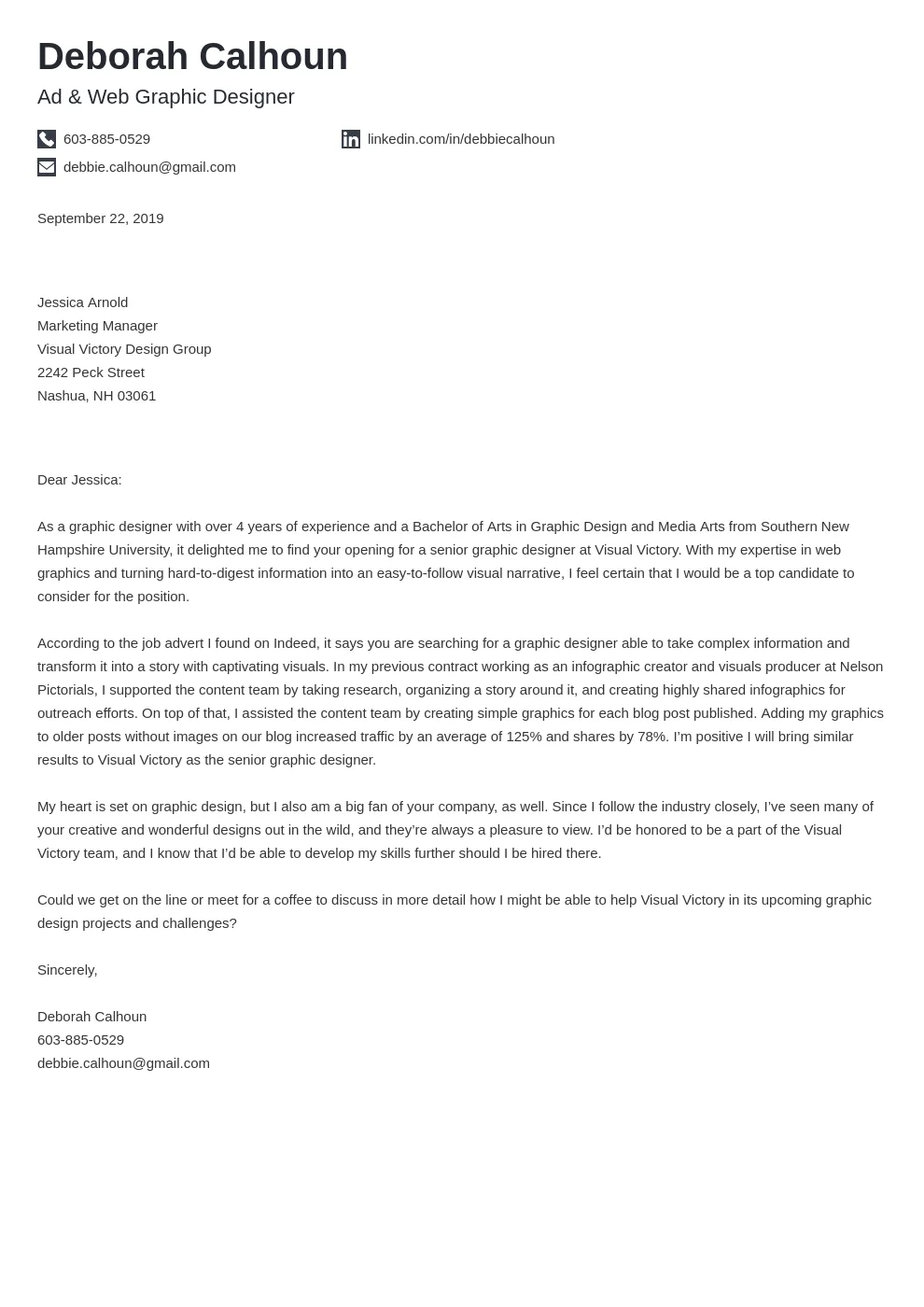Understanding the Importance of a Graphic Design Cover Letter
In the competitive world of graphic design, a well-crafted cover letter is your first opportunity to make a lasting impression. More than just a formality, it’s your chance to showcase your personality, passion, and relevant skills in a way that a resume alone cannot. A strong cover letter example for graphic design can be the key to unlocking the door to your dream job or freelance project. It provides context to your resume, explaining your career trajectory, design philosophy, and why you’re a perfect fit for the specific role and company. In essence, it’s your personal brand statement, vividly illustrating your expertise and enthusiasm. A compelling cover letter can elevate your application from a stack of resumes to the shortlist, increasing your chances of landing an interview. This makes it a critical element of your job application arsenal.
What Should a Graphic Design Cover Letter Include
A comprehensive graphic design cover letter should include several key elements to ensure it captures the hiring manager’s attention. Begin by clearly stating your interest in the specific position or freelance opportunity. Highlight your most relevant skills and experience, making sure to tailor them to the job description. Provide examples of your work through a portfolio link and a brief description of your design process or approach for specific projects. It’s crucial to demonstrate your understanding of the company and the role, showing that you’ve done your research. Finally, express your enthusiasm for the opportunity and close with a call to action, inviting the hiring manager to review your portfolio or contact you for an interview. This structured approach will increase your chances of getting noticed and considered for the role.
Your Contact Information
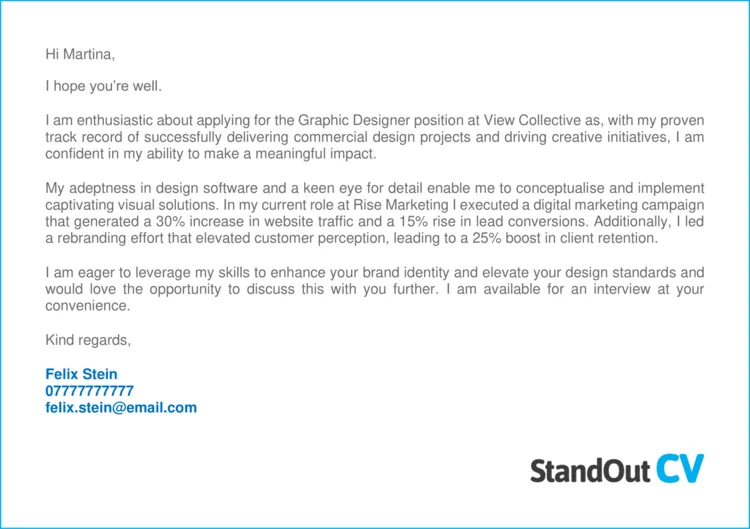
At the very top of your cover letter, you must include your contact information. This should include your full name, phone number, email address, and your professional online presence such as your portfolio website or LinkedIn profile URL. Ensure that your email address is professional and that your portfolio site showcases your best work. It’s about making it easy for the hiring manager to contact you. Making your contact information immediately accessible saves time and prevents any potential delays in communication, signaling to the employer that you are organized and prepared. Make sure your contact information is current and accurate to prevent any missed opportunities.
The Hiring Manager’s Contact Information
Whenever possible, address your cover letter to a specific person. Research the company to find the hiring manager’s name and title. If you cannot find the specific name, use a professional greeting such as “Dear Hiring Manager.” Personalizing your cover letter with the name of the hiring manager shows initiative and attention to detail. It also subtly suggests that you’ve taken the time to research the company and understand who will be reading your application. This personalized touch immediately elevates your cover letter above those that use generic greetings.
A Compelling Opening
Your opening paragraph is your first, and often only, chance to grab the reader’s attention. Instead of a generic introduction, aim for something that immediately conveys your enthusiasm and showcases your understanding of the role. You might express your excitement about the specific opportunity, mention how your skills align with the company’s values, or highlight a recent project that demonstrates your abilities. Make your opening memorable and relevant to the specific job. A strong opening makes the hiring manager want to read more, encouraging them to delve deeper into your qualifications and experience. This crucial first impression sets the stage for the rest of your letter.
Highlighting Your Skills & Experience
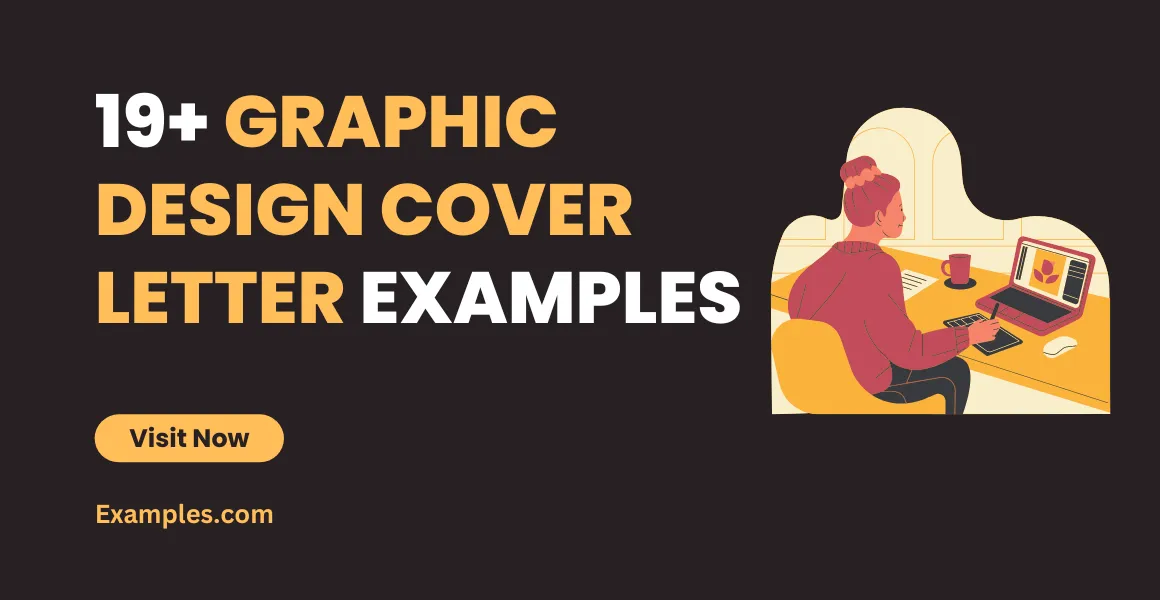
The body of your cover letter should highlight your relevant skills and experience. Focus on the skills mentioned in the job description and provide specific examples of how you’ve used these skills in past projects. This can include proficiency in design software like Adobe Creative Suite, knowledge of UI/UX principles, or experience in branding and marketing materials. Don’t just list your skills; explain how you’ve used them to achieve specific results. This could involve mentioning projects you’ve worked on, any awards received, or positive feedback from clients. Be sure to show a clear connection between your experience and the requirements of the role.
Showcasing Relevant Projects
Provide brief descriptions of your most relevant projects, and ideally, include links to your online portfolio where hiring managers can see the full scope of your work. Choose projects that directly relate to the job you’re applying for. For example, if you’re applying for a web design role, highlight your web design projects, and showcase your user experience design work. Briefly describe your role in the project, the challenges you faced, and the results achieved. Make sure your portfolio is up-to-date, easy to navigate, and reflects your best work. This allows the hiring manager to quickly understand your capabilities and the quality of your design work.
Quantifying Your Achievements
Whenever possible, quantify your achievements to make a stronger impact. Instead of saying “Improved website design,” state, “Increased website conversion rates by 15% through improved user interface.” Use numbers, percentages, and specific metrics to demonstrate the impact of your work. This provides concrete evidence of your skills and abilities and helps the hiring manager understand your value. This makes your accomplishments more credible and demonstrates your ability to deliver tangible results. This also gives the hiring manager a clear understanding of the outcomes of your work.
Demonstrating Your Passion for Design
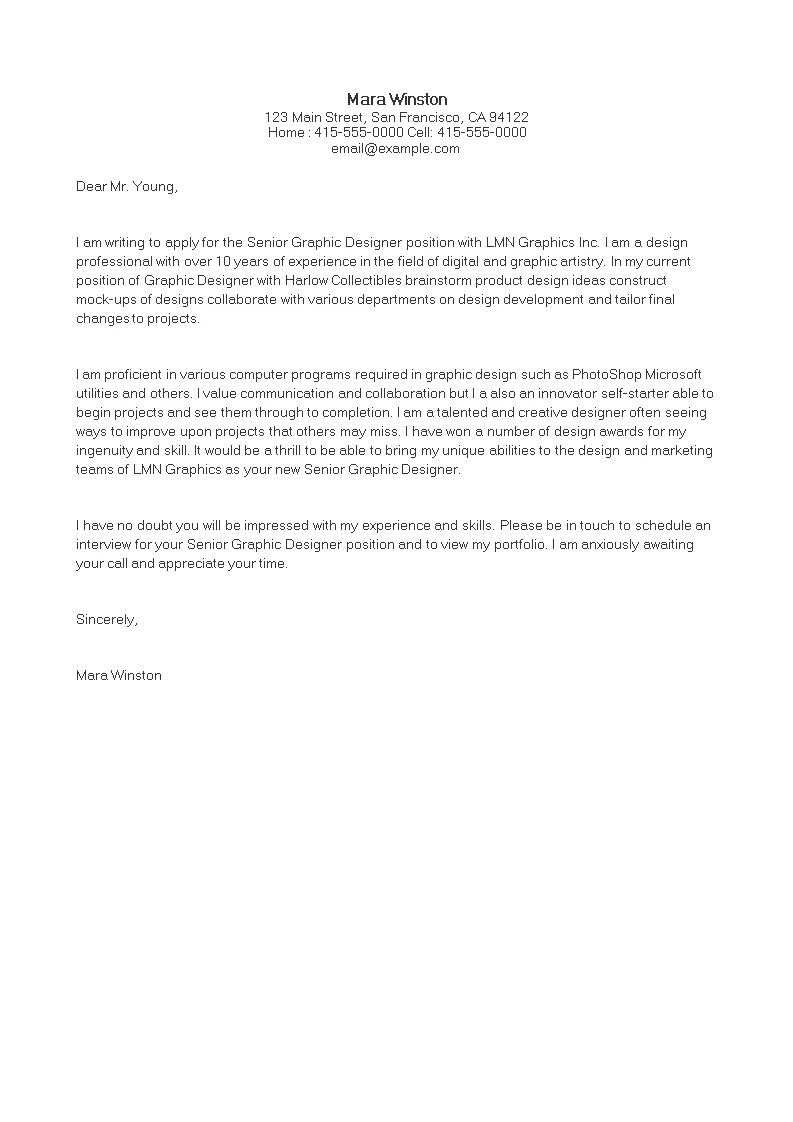
Infuse your cover letter with your genuine passion for graphic design. Show your enthusiasm for the company, the role, and the creative process. Discuss your design philosophy or what excites you about the industry. This could include new design trends, your interest in their brand, or the positive impact that design can have. Your passion will differentiate you from other candidates, as it shows you’re not just looking for a job but excited about the opportunity to contribute your skills. Let the hiring manager see your enthusiasm and feel your commitment to the field.
Tailoring Your Cover Letter to the Job
Avoid using a generic cover letter. Tailor each cover letter to the specific job and company you’re applying to. Read the job description carefully and identify the key skills and requirements. Highlight the skills and experience that match these requirements and use keywords from the job description. This shows the hiring manager that you’ve taken the time to understand the role and the company’s needs. Adjust your examples, projects, and language to align with the job description to increase your chances of being considered. This tailored approach demonstrates your attention to detail and your genuine interest in the position.
Researching the Company & the Role
Research the company before writing your cover letter. Visit their website, review their social media profiles, and understand their brand and values. This will help you tailor your letter and demonstrate your knowledge. Research the specific role to understand its responsibilities, the design tools and skills required, and the type of work you’ll be doing. Mentioning the company by name and referencing their work shows that you’re genuinely interested in the position. This level of detail distinguishes your application and shows that you’ve taken the time to thoroughly understand the opportunity.
Using Keywords Effectively
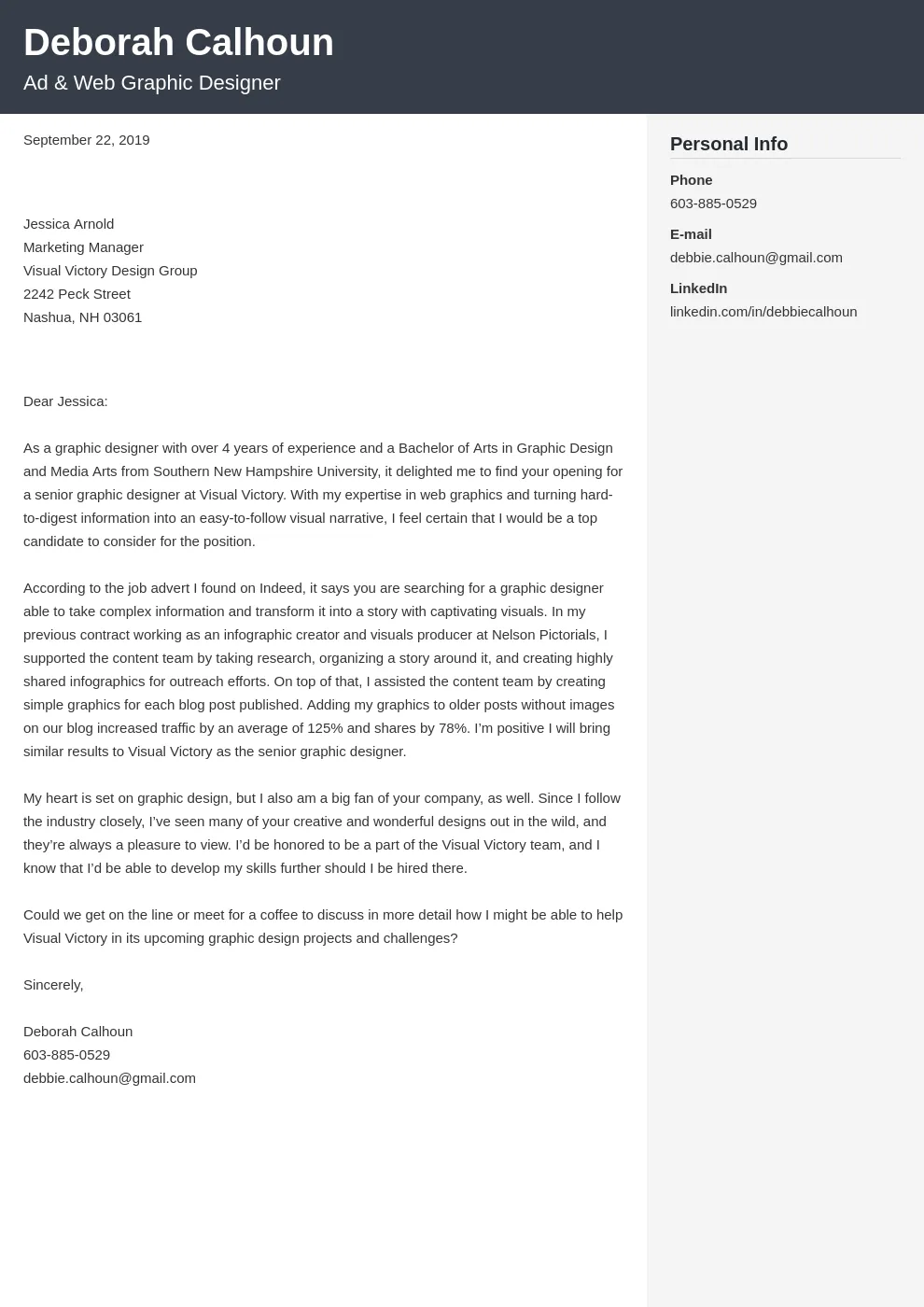
Incorporate keywords from the job description into your cover letter. Applicant Tracking Systems (ATS) often scan cover letters for relevant keywords. Use these keywords naturally throughout your letter, particularly in describing your skills and experience. However, don’t overdo it. Keyword stuffing can make your cover letter difficult to read and give the impression that you haven’t adequately customized the letter. The right balance of keywords and your own unique writing style will optimize your chances of getting noticed. Use a mix of hard skills, like software knowledge (e.g., Adobe Photoshop, Illustrator), and soft skills, such as creativity, communication, and problem-solving.
Structuring Your Cover Letter for Impact
Structure your cover letter to be easy to read and follow. Use a clear and concise format, with paragraphs that are easily digestible. Start with a strong introduction that grabs the reader’s attention. Follow this with a body that highlights your relevant skills and experience, providing specific examples and quantifiable results. Conclude with a strong call to action that encourages the hiring manager to review your portfolio or contact you. This clear structure makes your letter more effective. Proper formatting improves readability and makes it easier for the hiring manager to quickly find the information they need.
Formatting for Readability
Ensure that your cover letter is formatted for easy reading. Use a professional font like Arial, Times New Roman, or Calibri, and use a font size between 10 and 12 points. Use clear headings and subheadings to break up the text, and keep paragraphs concise. Make sure there is enough white space to avoid a cluttered appearance, making your letter visually appealing. Proper formatting enhances readability. A well-formatted cover letter is more likely to be read and understood. Proofread your cover letter to ensure it is free of typos and grammatical errors.
Choosing the Right Tone

The tone of your cover letter should be professional, enthusiastic, and tailored to the company and the role. Research the company culture and adapt your tone accordingly. Maintain a positive and confident tone throughout your letter, highlighting your skills and accomplishments without sounding arrogant. Your cover letter should be a reflection of your personal brand. For example, a creative agency may appreciate a slightly more informal tone compared to a corporate environment. The aim is to express your personality while showing respect for the hiring process.
Cover Letter Examples for Different Scenarios
Different situations require different approaches. Adapt your cover letter example for graphic design based on the specific context, whether it is an entry-level role, mid-level, senior, or freelance. Each scenario needs a tailored approach that matches your experience level and the nature of the opportunity. The examples below give you a variety of scenarios to get you started and adapt to fit your needs. Tailoring your cover letter is essential to show your interest and suitability. This is essential to catch the attention of a potential employer and to show that you’re suitable.
Entry-Level Graphic Designer Cover Letter Example
For entry-level graphic designers, focus on your education, relevant coursework, internships, and any personal projects. Show enthusiasm for design principles and a willingness to learn. Mention any software proficiency and highlight your creative problem-solving skills. Make sure to include a link to your portfolio, even if it only contains student work or personal projects. Demonstrate a clear passion for design and a genuine interest in the company. Your cover letter should showcase your potential. Emphasize your eagerness to learn and contribute to the team and brand. This will set you apart from other entry-level applicants.
Mid-Level Graphic Designer Cover Letter Example
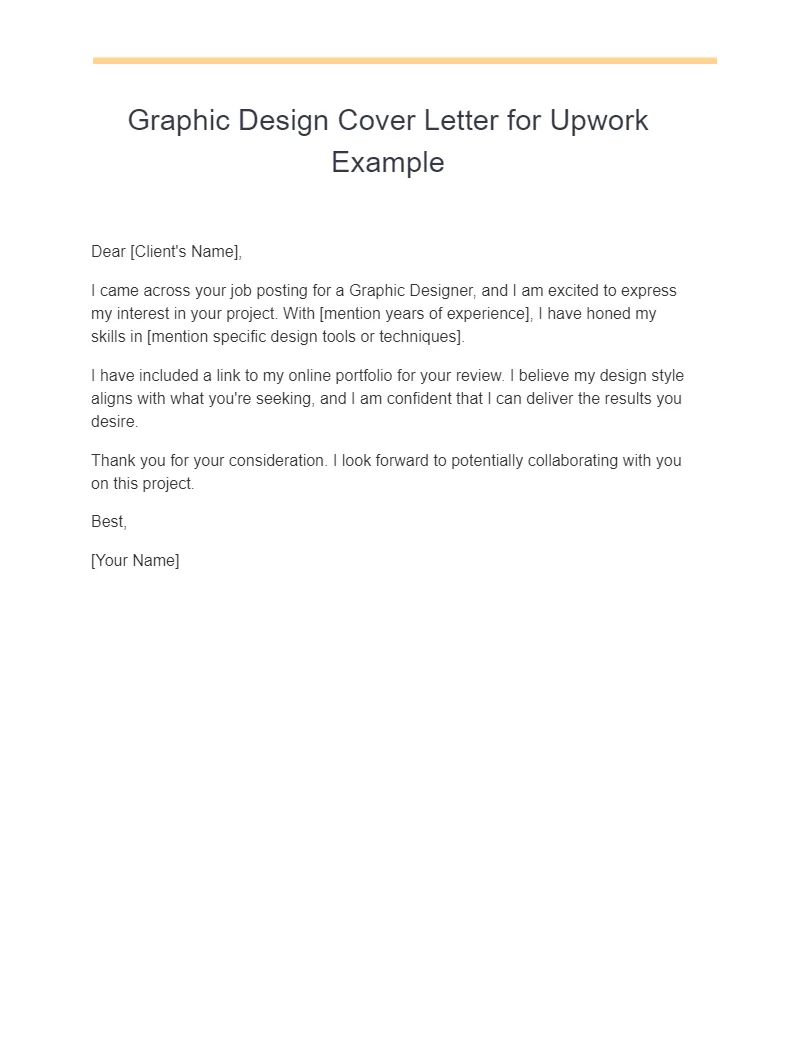
A mid-level cover letter should emphasize your experience and accomplishments. Highlight your proven skills, such as branding, web design, or print design. Provide specific examples of how you’ve contributed to previous projects, with quantifiable results, such as increased website traffic or improved conversion rates. Demonstrate your ability to manage projects, work with teams, and solve design problems. Showcase a diverse portfolio and highlight your adaptability. Your letter should prove that you have the skills and experience to immediately add value to the company. This will clearly show what you can do for the prospective company.
Senior Graphic Designer Cover Letter Example
Senior graphic designers should use their cover letter to showcase their leadership skills, strategic thinking, and project management experience. Highlight your ability to lead design teams, mentor junior designers, and develop successful design strategies. Share examples of how you’ve managed large projects, developed and maintained brand identities, and delivered successful design solutions. Show evidence of how your creative vision has contributed to business growth or brand development. Quantify your accomplishments, such as increasing brand awareness or improving customer engagement. Demonstrate your strategic thinking and problem-solving abilities.
Cover Letter for a Specific Design Role
Tailor your cover letter to the specific design role, highlighting the skills and experience that are most relevant to that position. Whether you’re applying for a web designer, UX designer, or brand designer position, your cover letter should address the requirements of the role. Review the job description carefully and include keywords related to the specific role. If it’s a web design role, focus on your skills and experience in web design, UI/UX, and front-end development. If you’re applying for a UX design role, showcase your experience in user research, wireframing, and prototyping. This degree of detail shows the recruiter that you’re a great fit.
Cover Letter for a Freelance Graphic Design Position
When applying for a freelance graphic design position, emphasize your flexibility, your ability to manage multiple projects, and your experience with different types of clients. Highlight your portfolio, your rates, and your availability. State your communication skills and explain how you handle project deadlines. Specify your ability to work independently and deliver projects on time and within budget. Provide testimonials or references from previous clients. This highlights your ability to work independently and deliver projects on time and within budget. Showcasing your work in freelance helps attract potential clients.
Common Mistakes to Avoid
Avoiding common mistakes can significantly increase the effectiveness of your cover letter. Watch out for these common pitfalls. Making common mistakes with your cover letter can hinder your ability to get an interview and land a job. You must be very careful when reviewing your cover letter.
Generic Language and Clichés
Avoid using generic language, clichés, and phrases that don’t offer any specifics about your skills or experience. Avoid statements like “I am a team player” or “I am passionate about design” without backing them up with concrete examples. Be unique. Show, don’t just tell. Replace vague statements with specific examples of your accomplishments and skills. Using generic language is a surefire way to make your cover letter unmemorable and less effective, so avoid those clichés.
Typos and Grammatical Errors
Typos and grammatical errors can make your cover letter appear unprofessional. Proofread your letter carefully. Use spell check and grammar check tools, but don’t rely on them entirely. Read your cover letter aloud to catch any mistakes. Ask a friend or colleague to review it for you. A polished, error-free cover letter demonstrates your attention to detail and professionalism. This also reflects your attitude toward the job. Make sure you have all the details covered.
Focusing Too Much on Yourself
While your cover letter is about you, avoid focusing solely on your needs and wants. Frame your skills and experience in terms of how they benefit the company. Show that you understand the company’s needs and explain how your skills can help solve their problems. Tailor your cover letter to demonstrate that you’re an ideal candidate for the role. Shifting your focus to the employer shows them why you are the perfect candidate.
Not Proofreading
Failing to proofread your cover letter is a major mistake. Typos, grammatical errors, and inconsistencies can undermine your credibility. Always proofread your cover letter multiple times and ask someone else to review it before you send it. A single error can make your application seem careless and unprofessional. Proofreading ensures that the hiring manager understands your application.
Tips for Writing a Standout Cover Letter
To write a standout cover letter, consider some of the following tips. If you take your time to craft a well-written and well-formatted cover letter, you increase your chances of being chosen. This ensures that your cover letter does not blend in with all the other generic ones and gives you a better chance. Applying the tips below will make your cover letter stand out from other applicants.
Show, Don’t Just Tell
Instead of making general statements about your skills, provide specific examples that demonstrate your abilities. Show, don’t tell. If you claim to be a creative problem-solver, describe a project where you overcame a design challenge. If you state that you are a strong communicator, provide an example of how you effectively communicated your designs. These examples make your claims credible. Provide solid examples to back up your skills and experience.
Use Action Verbs
Use action verbs to describe your accomplishments and responsibilities. This makes your cover letter more dynamic and engaging. Use words such as designed, created, managed, developed, and implemented. Action verbs help the hiring manager visualize your experience and contributions, making your letter more impactful. Also, be specific about the results of your actions, such as “Increased website traffic by 30%.” This shows you are a competent and result-driven candidate. This makes your letter more engaging and impactful.
Proofread Thoroughly
Proofread your cover letter multiple times. Check for spelling, grammar, and punctuation errors. Read your cover letter aloud to catch any awkward phrasing or inconsistencies. Ask a friend, family member, or career counselor to review your cover letter. A polished, error-free cover letter shows professionalism and attention to detail. Catching and correcting any errors ensures the hiring manager has no reason to overlook your letter. This also helps you make a good impression.
Seek Feedback
Get feedback from others. Ask a mentor, career counselor, or a trusted colleague to review your cover letter. They can provide valuable insights and suggest improvements you might have missed. Incorporating feedback helps you refine your cover letter, ensuring it is clear, concise, and effective. Peer reviews can help you make sure your cover letter is easy to understand. This is a great way to ensure you are on the right track. This collaborative process helps improve your chances of landing an interview.
The Finishing Touch
Your closing paragraph should leave a strong final impression. Ending with a strong finish can help you. This is a critical part of your cover letter, so it should be done right. This final touch leaves a lasting impression, increasing your chances of success.
Expressing Gratitude
Express your gratitude for the hiring manager’s time and consideration. Thank the reader for their time, acknowledging their effort in reviewing your application. A sincere expression of gratitude can leave a positive impression. This small detail demonstrates your professionalism and respect, ensuring your cover letter ends positively. This gesture also increases your chances of being considered.
Providing a Clear Call to Action
Provide a clear call to action, such as inviting the hiring manager to review your portfolio or schedule an interview. Clearly state your availability for an interview and indicate that you’re eager to discuss your qualifications further. The call to action motivates the hiring manager to take the next step. This helps move you to the next stage of the application process. A clear call to action closes your cover letter with intent.
